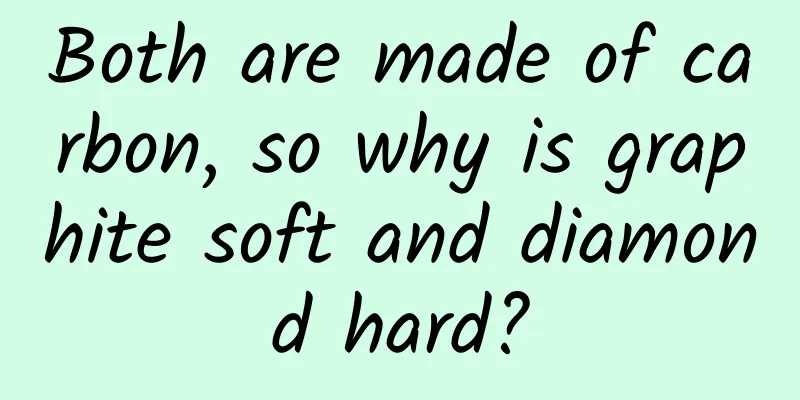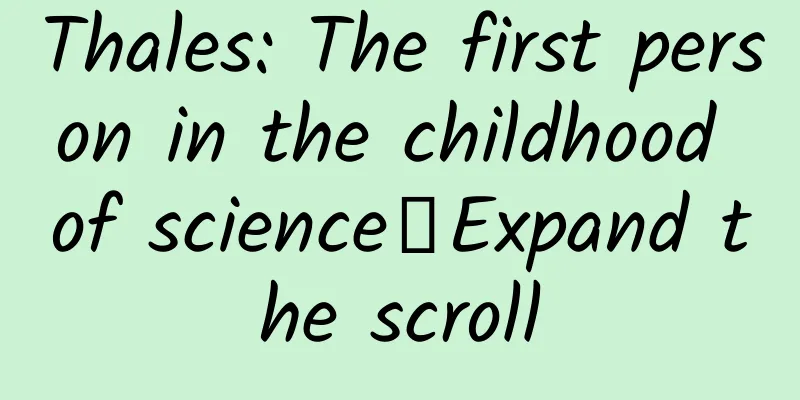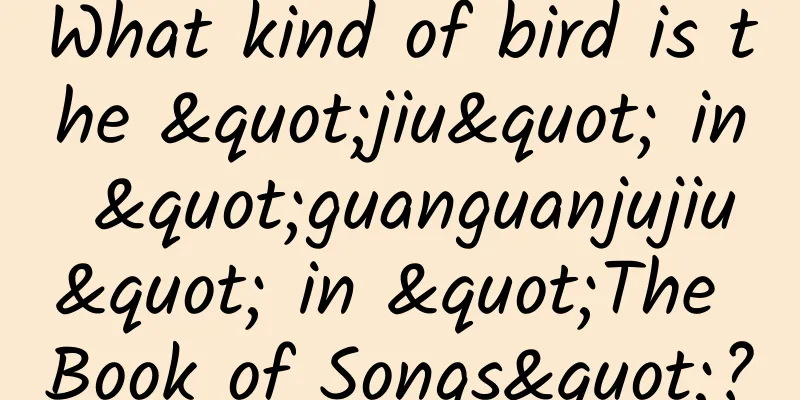Both are made of carbon, so why is graphite soft and diamond hard?

|
Produced by: Science Popularization China Author: Supercontinent Team Producer: China Science Expo When people think of diamonds, they think of dazzling and sparkling scenes. Diamonds shine with the owner's movements. However, due to its high price, most people can only stay away from it. Despite this, people still yearn for diamonds. (Photo source: veer photo gallery) Do you know what diamond is? Its chemical composition is carbon (C). Natural diamonds are called "diamonds" only after they are cut and polished. Natural diamonds are very rare, and things are valuable because they are rare. Because natural diamonds that can be used as "diamonds" are very rare, people want to "artificially" replace them, and this naturally brings to mind the "twin" brother of diamonds - graphite. The chemical composition of diamond and graphite is the same as carbon (C), which scientists call "isomorphs" or "allotropes". From this name, we can know that they have the same "quality", but the "shape" or "property" is different, and there is a world of difference. Diamond is the hardest substance at present, while graphite is one of the softest substances. Everyone knows that pencil leads are made of graphite powder and clay. More graphite powder means softer pencils are represented by "B", while more clay means harder pencils are represented by "H". Mineralogists use Mohs hardness to represent relative hardness, with diamond at 10 and graphite at only 1. The key to their huge difference in hardness is that their internal structures are very different. (Photo source: veer photo gallery) The carbon atoms inside graphite are arranged in layers, with only three carbon atoms connected to each carbon atom. The carbon atoms form hexagonal rings, and an infinite number of hexagons form a layer. The connection between the layers is very weak, while the three carbon atoms in the layer are very strong, so it is easy for the layers to slide when stressed, which is why graphite is very soft and can be used for writing. The carbon atoms inside the diamond are arranged in a three-dimensional space like a "skeleton". One carbon atom is surrounded by four carbon atoms, thus forming a skeleton in three-dimensional space. This structure has uniform connecting force in all directions and strong bonding force, which gives diamond the characteristic of high hardness. (Photo source: veer photo gallery) Despite the huge difference in hardness between graphite and diamond, people still hope to obtain diamonds through artificial synthesis, because graphite (carbon) is abundant in nature. However, it is not easy to make the carbon in graphite into carbon arranged like diamond. In the late eighteenth century, people began to look for ways to synthesize it until the middle of this century. In 1938, scholar Rossini laid the theoretical foundation for synthetic diamonds through thermodynamic calculations, and calculated that in order to turn graphite into diamond, it must be at least 15,000 atmospheres and 1,500 degrees Celsius. In the 1950s and 1960s, an instrument that can achieve the above conditions was built. Graphite can be transformed into diamond under 50,000 to 60,000 atmospheres, that is, (5-6)×103MPa, and 1,000 to 2,000 degrees Celsius, using metal iron, cobalt, nickel, etc. as catalysts. At present, more than a dozen countries in the world (including my country) have synthesized diamonds. However, because the particles of this kind of diamond are very fine, its main use is as abrasives, used for cutting and drill bits for geology and oil drilling. At present, 80% of the world's diamond consumption is mainly used in industry, and its output far exceeds that of natural diamonds. Now, from the radiation protection masks of astronauts in the space station, the drill bits of the giant shield machines of the South-to-North Water Diversion Project, to the sharp edges of the precision-formed electroplated grinding wheels of CVT transmissions, artificial diamonds made in China, as the sharpest "industrial teeth", have taken on one porcelain job after another, providing "excellent tools" for many domestic manufacturing companies to break through technical bottlenecks. |
<<: "Chinese Tea" was successfully nominated for World Heritage!
>>: An aircraft that can swim - the amphibious aircraft "Kunlong"
Recommend
Analysis of the planning of a single product live broadcast room
A classmate asked me about the gameplay of "...
Detailed explanation of Android Native memory leak detection solution
Author | yeconglu A complete Android Native memor...
Color TV enterprises have to fight a tough battle in the post-entry hardware era
The impact of the expiration of energy-saving and...
Mushrooms grow little skirts! How many cute creatures have you seen in bamboo forests?
In previous articles, we have emphasized one thin...
No bragging! Teach you how to promote millions of users at zero cost (Part 1)
A blind cat catches a dead mouse How did we do it...
Metro Beauty's three new private domain strategies
Let’s first look at a set of Metropolis Beauty ’s...
Efficient strategy to recall lost APP users!
Before starting today's topic, let's talk...
The conversion rate of bidding promotion is poor. Is it related to the landing page?
In order to test the waters, most partners simply...
Are you sensitive to your sleeping environment? 5 ways to help you desensitize
There are many factors that affect sleep, includi...
Why is it unsafe to use power banks on the subway?
Guangzhou Metro recently proposed that "passe...
Guide to buying and growing flowers during the Spring Festival: Step one, don’t buy this kind!
During the Spring Festival, many people will put ...
After the traffic dividend disappears, how to play information flow advertising?
After the rapid development of mobile Internet in...
The most in the past decade! When will the sandstorm end? Six questions about sandstorm weather, one picture to understand
Beijing is still under a blue warning for high wi...
LeTV Motion Sense Gun: Teach you how to change your posture and masturbate in the living room
The TV game market has been tepid in recent years...
Insights into Douyin’s maternal and infant users and content marketing for maternal and infant brands!
The author will start from four points: user port...









